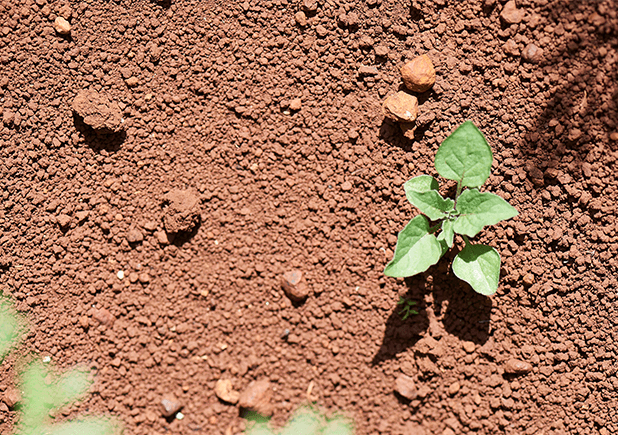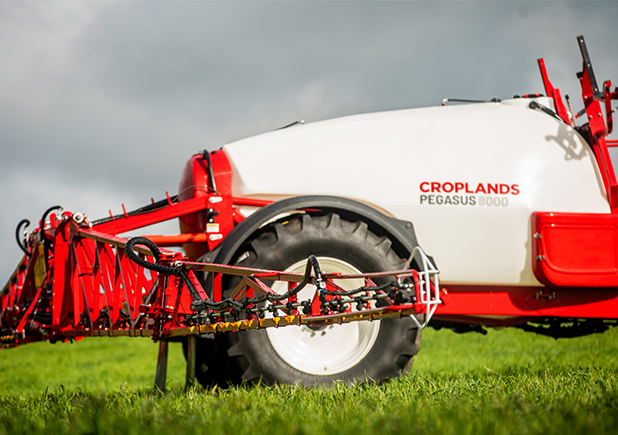What’s your weed management plan?
10 August 2021
Do you have a weed management plan in place?
You should.
Weeds left uncontrolled can cause significant yield loss and become difficult to manage later on.
And they aren’t only hitting yields, they are taking money right out of your pocket as well. Weeds can sequester nutrients and moisture from the soil as well as competing for space, light and potentially carrying diseases which attack crops. This competition not only reduces grain yield and quality but can also impede harvesting.

According to Greg Brooke, Colin McMaster and Penny Heuston – authors of the 2021 edition of NSW’s Department of Primary Industries Weed Control in Winter Crops, “Weed control is a numbers game. Growers should aim to reduce numbers and keep them low with an ongoing program. An integrated weed management system, combining all the available methods, is the key to successful weed control.”
Their recommendations for winter crop weed control include:
- A well-managed crop rotation program in each paddock
- Hay-making or silage-making in crops and pastures
- Pasture management
- Good agronomic practices such as using weed‑free seed, sowing on time with optimal plant populations and adequate nutrition all contribute to good weed control management
- Timely cultivation including fallow and stubble weed control such as the control offered by WEED-IT optical spot spraying (LINK TO WEED-IT PAGE)
- Harvest weed-seed management
- In-crop weed control – both pre-emergent and early post-emergent herbicide application
The management guide goes on to provide a number of recommendations for successfully using herbicides, including:
- Plan your spray operation, ie check paddock sizes, tank capacities, water availability and supply. Calculate the amount of herbicide required for each paddock and tank load.
- Carefully check crop and weed growth stages before deciding upon a specific post-emergent herbicide
- Carefully read product labels and follow all recommendations
- Use good quality water, preferably rainwater
- Use good application equipment checked frequently for performance and output
- Check boom height with spray pattern operation for full target coverage
- Check accuracy of boom width with guidance systems or marking equipment
- Check wind speed:
- a light breeze helps herbicide penetration into crops.
- do not spray in strong wind; there could be spray drift onto sensitive crops and pastures, roadways, dams, trees, watercourses or public places. Note: All chemicals can drift – see Reducing herbicide spray drift on page 22 of the management guide.
- do not spray in zero wind conditions.
- Do not spray if rain is imminent or when heavy dew or frost is present.
- Select the appropriate nozzle type for the application. Beware of compromising nozzle types when tank mixing herbicides with fungicides or insecticides.
- Keep a record of each spray operation. It is a legal requirement in NSW and in most other Australian states and territories. Forms are available online from several sources.
DISCOVER CROPLANDS BROADACRE SOLUTIONS
Sources: NSW Department of Primary Industry 2021 Weed Control in Winter Crops; AGCO Application Operator – Issue One 2019.


